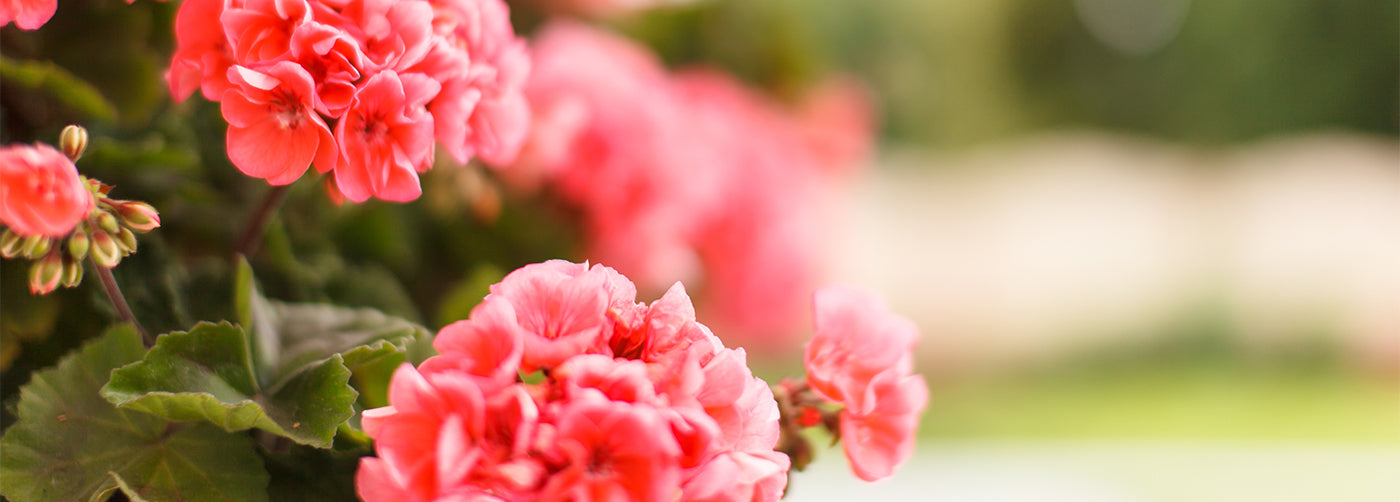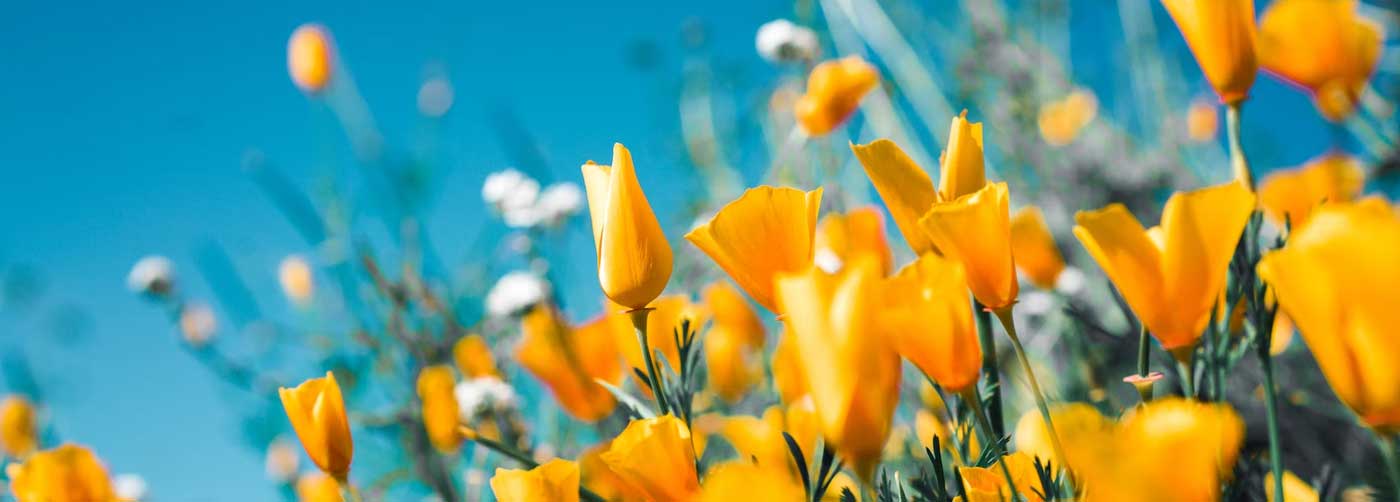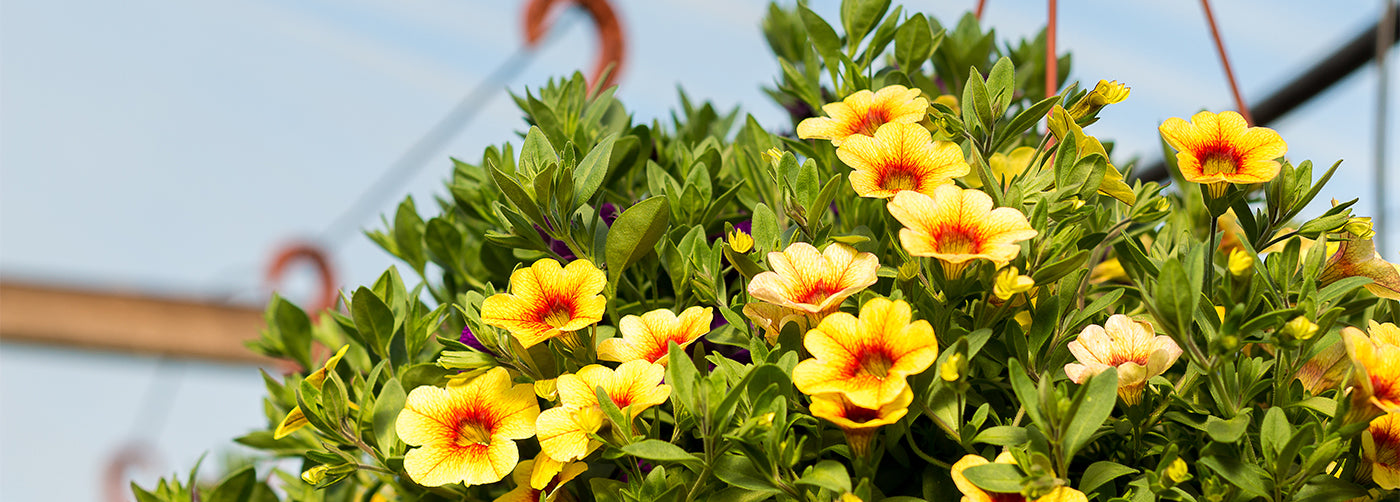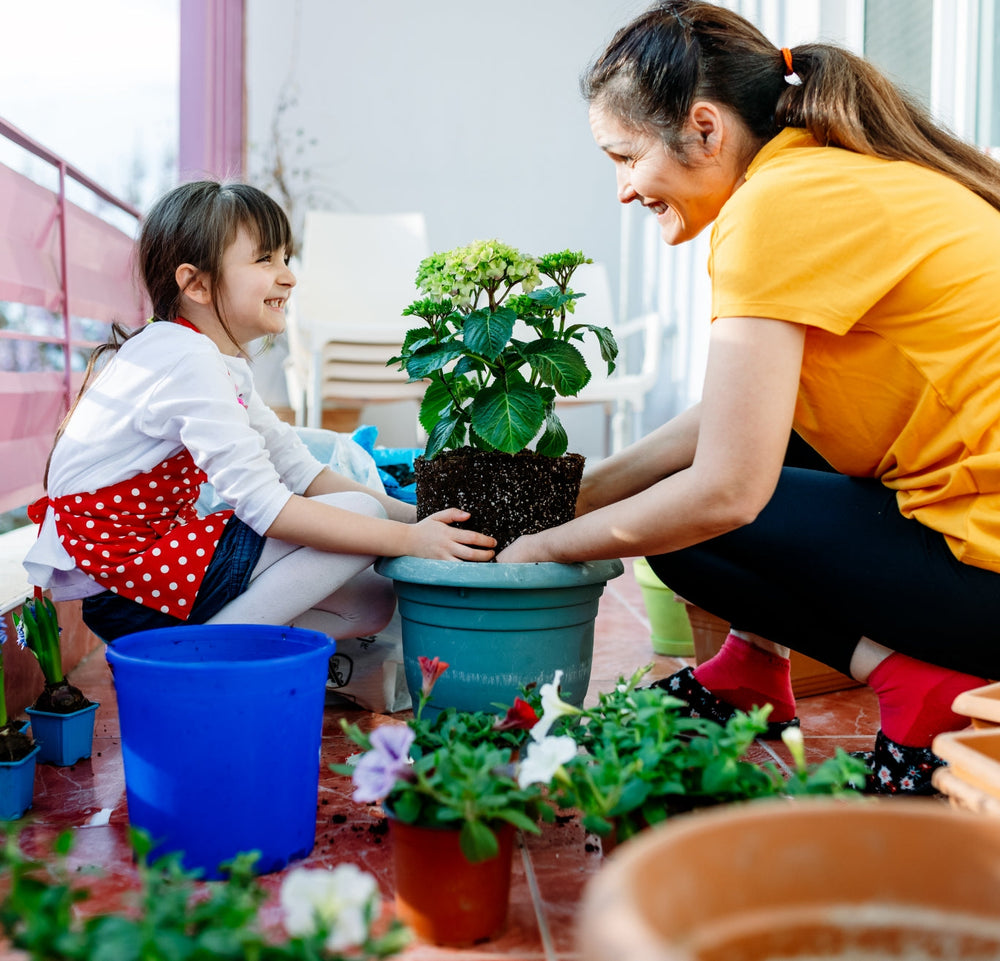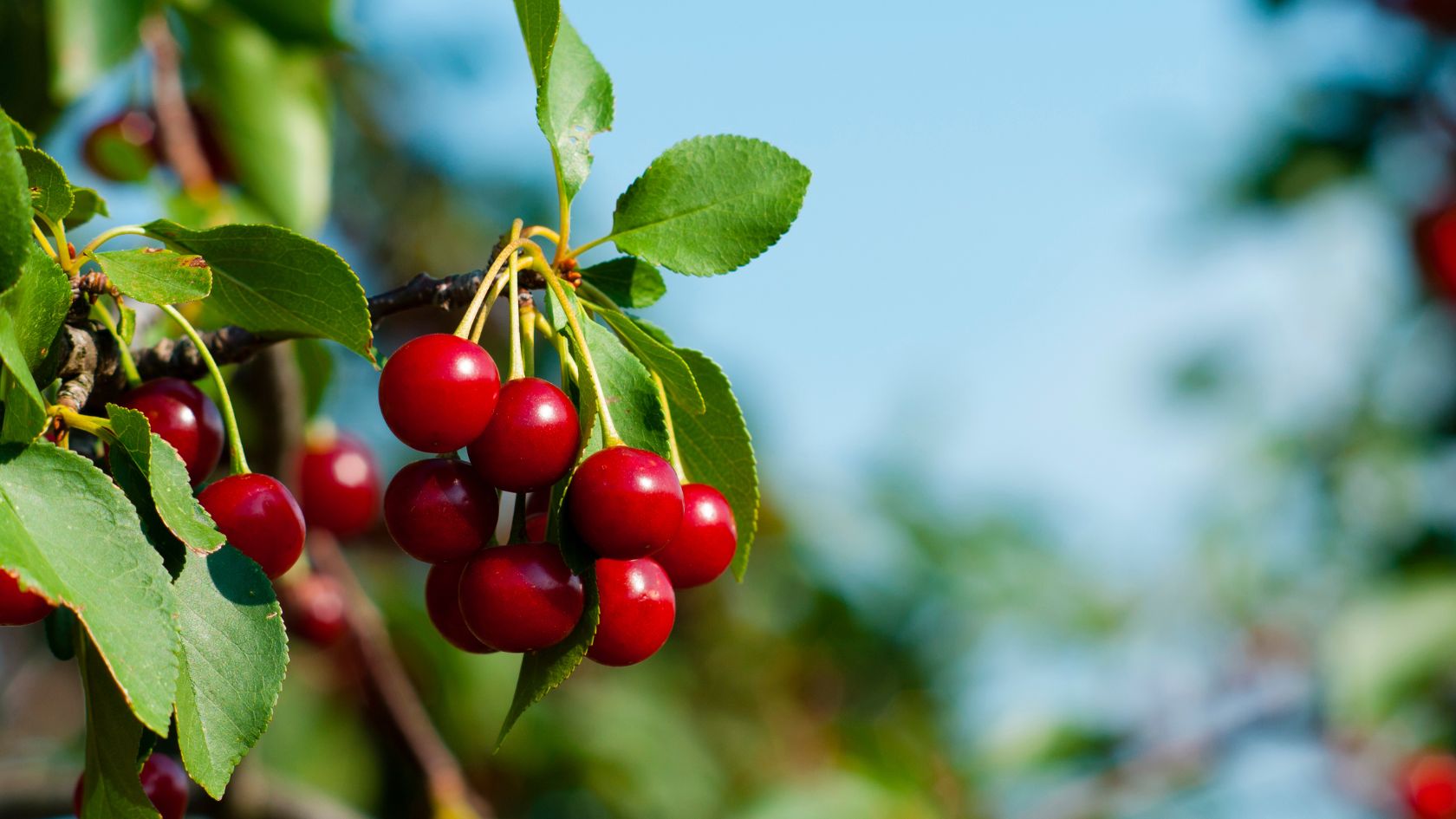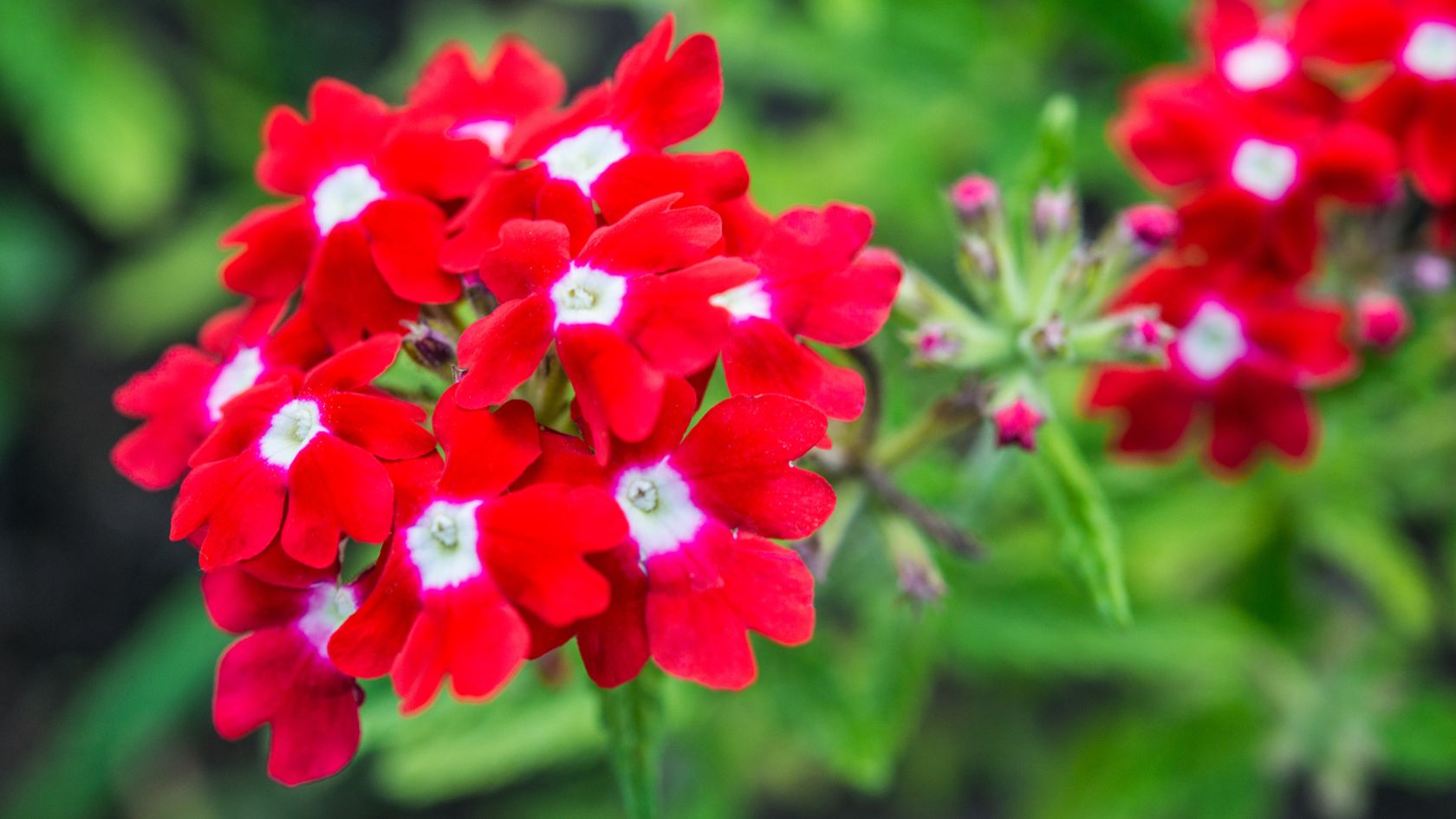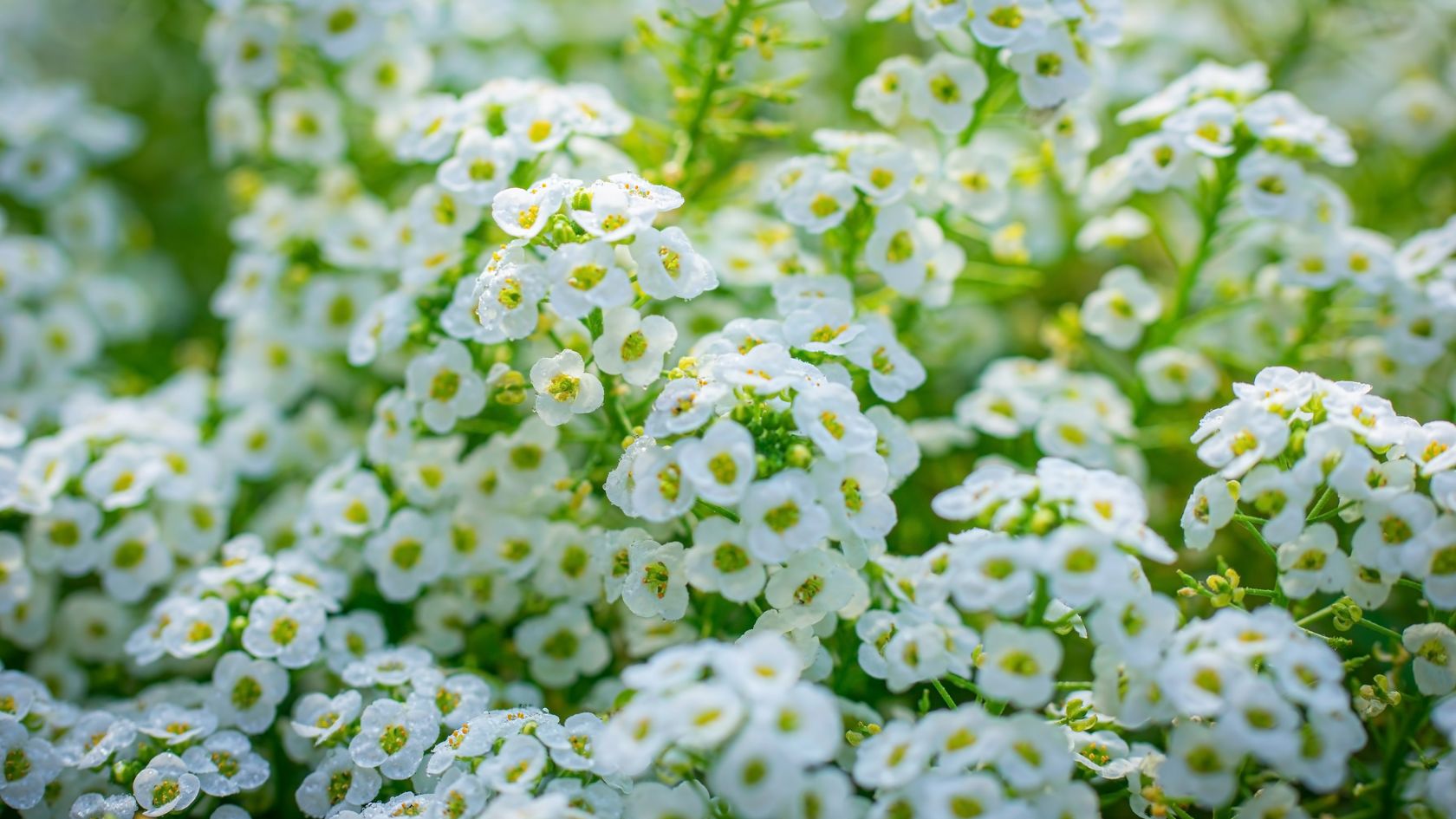As a gardener, one of the most crucial factors to consider when selecting plants for your garden is the amount of sunlight they require. The varying levels of sunlight exposure can significantly impact a plant's growth, health, and overall success. In gardening terminology, we often categorize plants into three main groups: full shade, part shade, and full sun. Understanding these distinctions will help you make informed decisions and create the ideal growing conditions for your plants. Let’s explore the characteristics and requirements of each category, enabling you to choose the right plants for your garden.
- Full Shade Plants:
Full shade plants, as the name suggests, thrive in areas with minimal direct sunlight. These plants are well-suited for areas that receive less than two hours of direct sunlight per day. Full shade areas are typically found under dense tree canopies, near tall structures, or on the north side of buildings where little to no direct sunlight reaches the ground. Some common examples of full shade plants include:
- Ferns: Known for their lush green fronds, ferns are excellent choices for shady spots. They bring a touch of elegance to any garden and prefer cool, moist conditions.
- Hostas: These versatile plants are valued for their attractive foliage and come in a range of sizes and colors. Hostas thrive in shaded areas, making them ideal for creating beautiful garden beds.
- Bleeding Hearts: With their delicate, heart-shaped flowers hanging from arching stems, bleeding hearts are perfect for adding charm to shaded areas. They prefer well-drained soil and consistent moisture.
- Part Shade Plants:
Part shade plants, also referred to as semi-shade or dappled shade plants, require a balance of sunlight and shade. These plants typically flourish in areas that receive filtered sunlight for a few hours each day, usually in the morning or late afternoon. Part shade areas are often found under trees with high canopies or near structures that provide some shade. Some examples of part shade plants include:
- Azaleas: Known for their vibrant blooms, azaleas thrive in areas with dappled sunlight. They require well-drained soil and benefit from regular watering.
- Hydrangeas: These beautiful flowering shrubs prefer morning sun and afternoon shade. They add a splash of color to your garden with their large clusters of flowers.Coral Bells: With their eye-catching foliage and delicate bell-shaped flowers, coral bells thrive in part shade conditions. They require moist, well-drained soil.
- Full Sun Plants:
Full sun plants are the sun-loving garden beauties that thrive in areas exposed to direct sunlight for at least six hours per day. These plants are perfect for gardens that receive ample sunlight, typically in open areas without obstructions. Full sun plants are often more heat and drought-tolerant than their shade-loving counterparts. Some popular examples of full sun plants include:
- Roses: Roses are classic full sun plants that require plenty of sunlight to produce abundant blooms. They prefer well-drained soil and benefit from regular watering and pruning.
- Sunflowers: These cheerful and vibrant flowers are synonymous with sunny gardens. Sunflowers are low-maintenance and add a touch of whimsy to any landscape.
- Tomatoes: Being part of the nightshade family, tomatoes require full sun exposure to produce sweet, juicy fruits. They thrive in warm climates and well-drained soil.
Understanding the sunlight requirements of plants is essential for successful gardening. Whether you have a shady corner or a sun-drenched patch in your garden, selecting plants that match the light conditions is crucial for their growth and vitality. Full shade plants thrive in minimal sunlight, part shade plants require a balance of sun and shade, while full sun plants require ample direct sunlight. By considering these distinctions and choosing plants accordingly, you can create a harmonious and thriving garden that showcases the beauty of nature.
Remember, always research the specific needs of each plant before adding them to your garden, as some may have additional requirements apart from sunlight.
Happy gardening!


